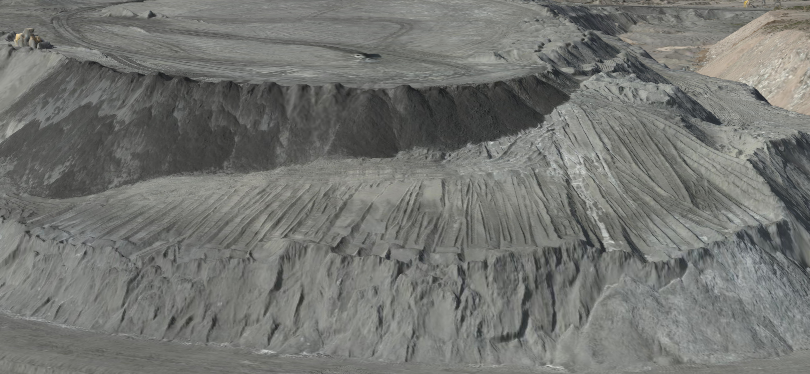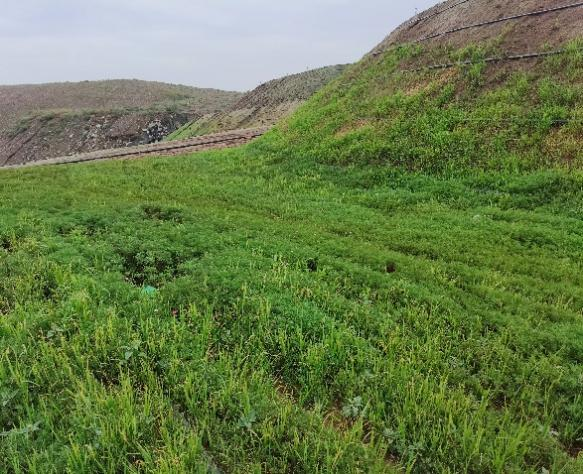To address the environmental pollution caused by the accumulation of copper slag, the Jinchuan Nickel-Cobalt Research and Design Institute, upon receiving the ecological restoration project for re-selecting copper slag from Copper Company, responded proactively.
Adhering to the principle of "research leading, design pioneering," the institute formed an interdisciplinary and multi-skilled project team to focus on ecological inspection needs, types of ecological damage, and issues related to the surrounding environment.
Through on-site surveys and investigations, including high-precision aerial surveys of restoration areas, profile measurements, and sampling experiments, they accurately identified specific ecological problems and areas. Over a period of 30 days, they completed on-site surveys, slope stabilization agent formulation, high-density aggregate soil formulation, fiber vegetation substrate formulation, selection of three-way grids and geogrid chambers, and scheme demonstration, ultimately deciding on a comprehensive restoration plan involving slope trimming, construction of interception and drainage channels, slope reinforcement, geogrid chamber covering, slope greening by spray seeding, installation of spray irrigation systems, and post-repair maintenance.

The former black copper slag heap
As the plan was implemented, technical staff from the institute remained on-site, guiding and supervising the entire restoration process. What was once a black copper slag heap has now been transformed into a green landscape with slopes and pathways. There is a distinct "color" transition before and after the restoration, effectively protecting the desert vegetation, preventing dust pollution and safeguarding the atmospheric environment.

The new green landscape
The successful implementation of this project not only effectively curbed dust pollution and protected desert vegetation and the atmospheric environment, but also promoted the harmonious coexistence of technology and nature, set a model for similar environmental governance projects in the future, and made green development a clear theme driving high-quality economic and social development.








